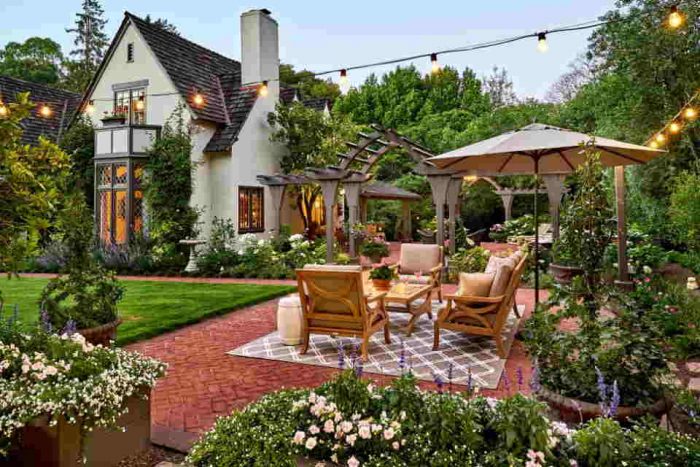One of the primary reasons homeowners decide to focus on landscape design is to solve a problem. They might not have somewhere lovely to sit outside with family, no privacy, or issues with drainage or general aesthetics.
All these problems must have solutions, but finding those solutions is a challenge all on its own. Below, you can learn more about the most common landscape design challenges and how they can be entirely solvable.
Slopes and Hills
If you live on a steep street, you will be all too familiar with the challenges of trying to make your property look nice. You can’t just plant a flat garden since there’s simply no flat area available.
With the help of a landscape architect, or even just some research on your own, you can come up with some solutions to combat slopes and hills.
One of the most common options is retaining walls. These can assist with soil stability and stabilisation while also being lovely seating areas.
Terraced levels are also another preference for many people, as is just letting the slope exist as it is with groundcover plants to add beauty and soil stability.
Privacy
If you live in a busy suburb, or even just a well-established neighbourhood, you’ve likely struggled with privacy on the odd occasion. It can sometimes seem like even just hanging out your washing is a spectacle for the entire neighbourhood to enjoy.
When you’ve had enough of feeling like your yard is on display for all, you can use clever landscaping elements to welcome some privacy.
Some suitable options can include tall fencing, strategically placed plants, and even privacy screens around entertainment areas.
To start the process, walk around your property as if you were someone passing by or living in a facing property. You can then identify the most critical areas to focus on first.
Landscaping a Small Space
You might think you can’t have a beautifully landscaped yard because it’s too small, but that’s not the case at all. You just have to use your elements carefully and cleverly.
For example, instead of growing plants outwards, grow them upwards in vertical planters.
Creating sectioned areas for plants and entertainment may also add a sense of space, as can large plant pots, hanging wall planters, and patches of grass or artificial turf.
There are many different options at your disposal, so it can be worth doing some research to find out what’s going to work with your yard’s design the best.
Growing in Shade
Buildings and trees can create quite a lot of shade. While this can be helpful in the middle of summer, it does pose some challenges when you’re trying to grow anything that thrives on sunshine and light.
Look at different shade-loving plants you could include, or opt for a plant-free garden with rocks, lighting, and river stones, instead. Think outside the box, and you might be surprised at what you can come up with.
As impossible as it might seem to combat shade, privacy, slopes, and small spaces, it’s entirely possible with planning. Look at the many different softscape and hardscape options at your disposal, and you’re bound to find something that works. You can then get stuck in yourself or hire someone to lend a helping hand.

